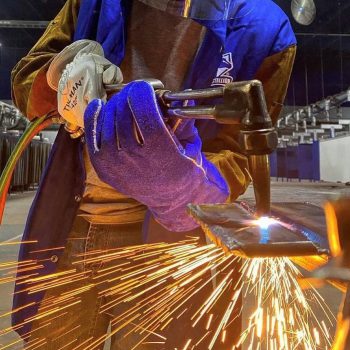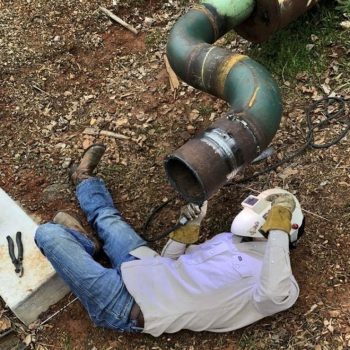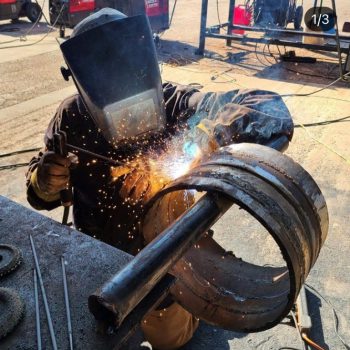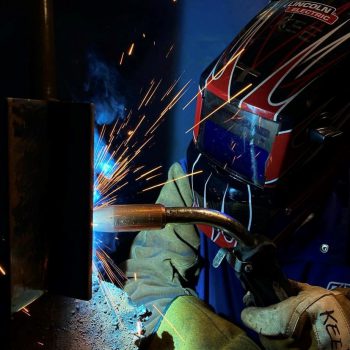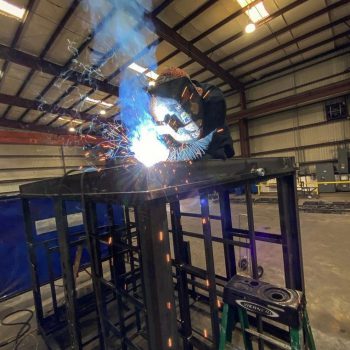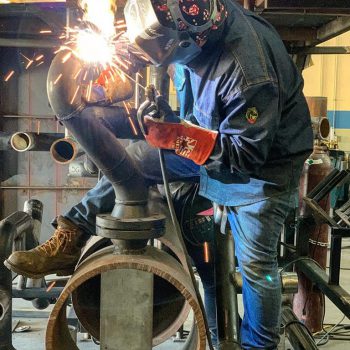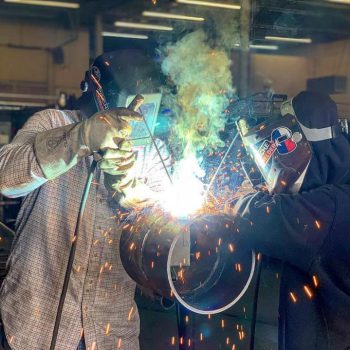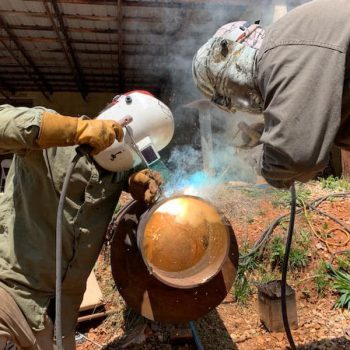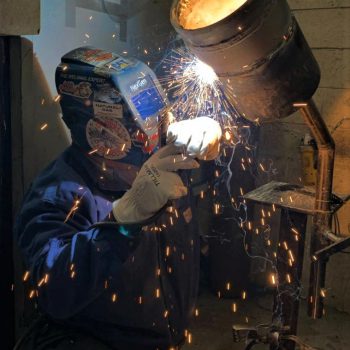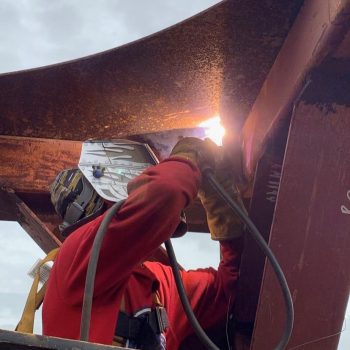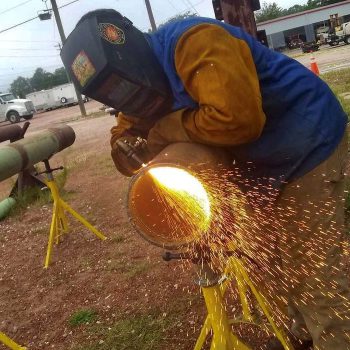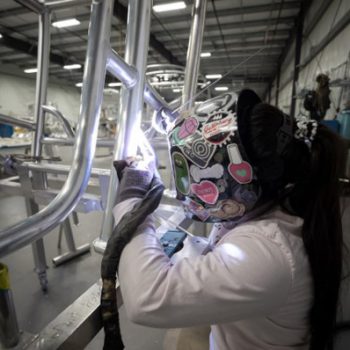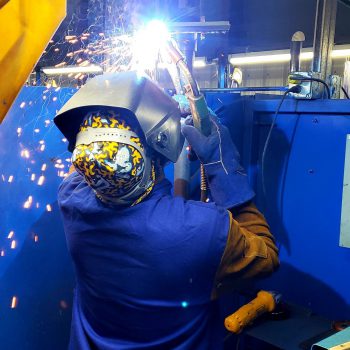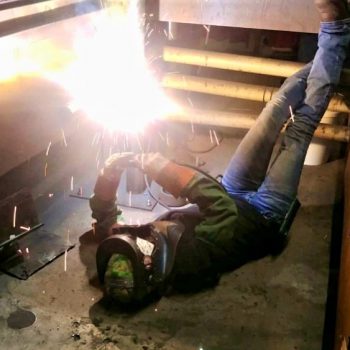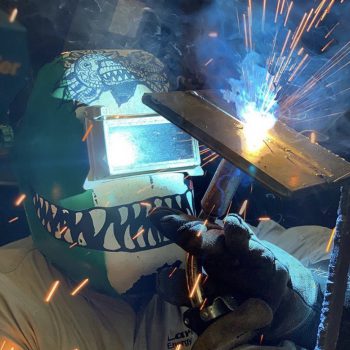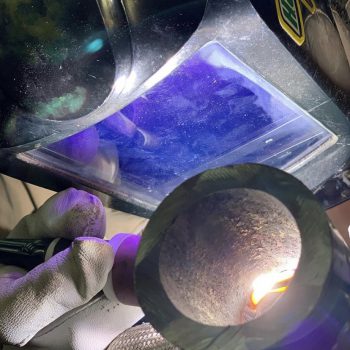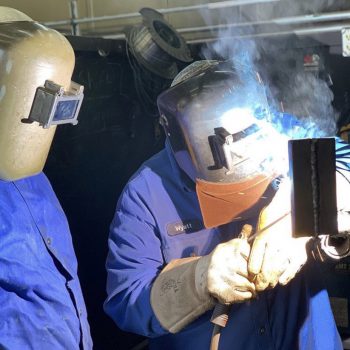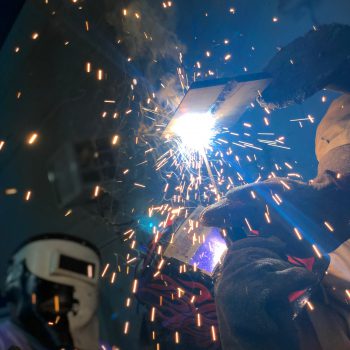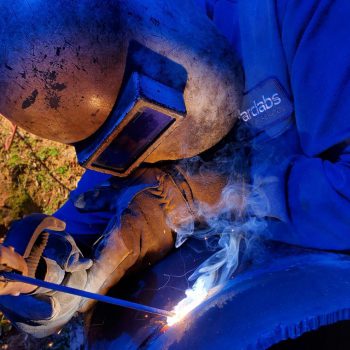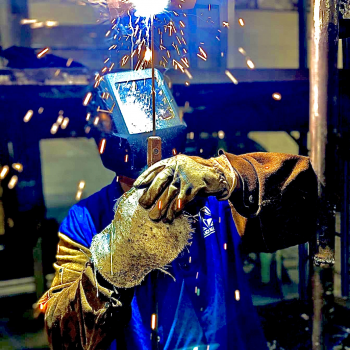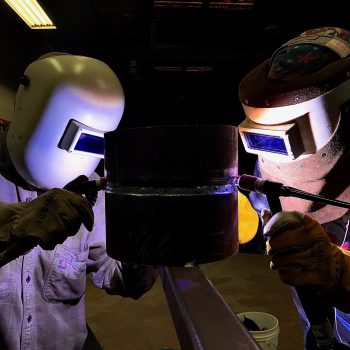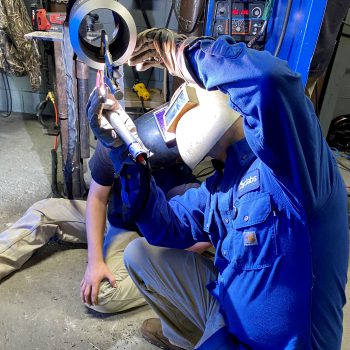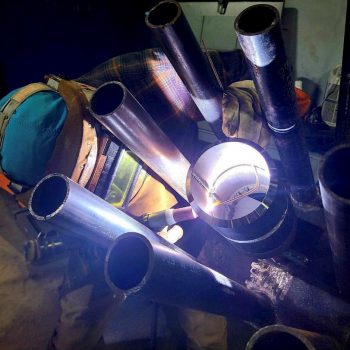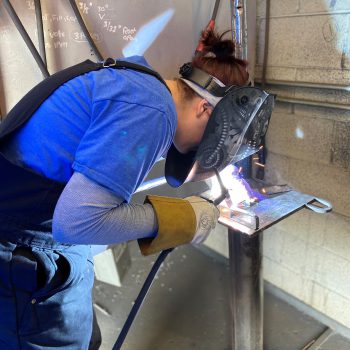What Stick Welding Rod to Use?
What Stick Welding Rod to Use?
Discover the top stick welding rod types and their applications. Make informed decisions for your welding projects with our expert guide.
Introduction to Stick Welding
Stick welding, or Shielded Metal Arc Welding (SMAW), remains a cornerstone technique in the welding industry because of its versatility and simplicity. This method is particularly favored for its ability to produce strong welds in a variety of environments, including outdoors and in windy conditions. The key to mastering stick welding lies in understanding its fundamentals and selecting the appropriate welding rod for your project.
Understanding the Basics of Stick Welding
Stick welding utilizes an electric current to create an arc between the welding rod (electrode) and the metal being welded. The core of the electrode melts to form the weld, while the coating disintegrates to release gases that shield the weld from contaminants in the air.
The Importance of Selecting the Right Welding Rod
The welding rod you choose directly influences the strength, appearance, and durability of your weld. It’s crucial to select a rod that matches the specific requirements of your project, including the type of base metal, welding position, and desired weld properties.
The Essentials of Stick Welding Rods
A vast array of stick welding rods is available, each designed for different applications and metals.
Types of Stick Welding Rods
- E6010 – Deep Penetration Rods: Ideal for dirty or rusty metals.
- E6011 – All Position Flexibility: Works well on galvanized and poorly prepared surfaces.
- E6013 – Beginner-Friendly Rods: Easy to use with a smooth arc.
- E7018 – Low Hydrogen, High Tensile Strength: Used for high-quality welds in carbon steel.
Factors Influencing Welding Rod Selection
Choosing the right welding rod involves considering several factors, such as material thickness, welding position, and the base metal’s composition. Each factor plays a crucial role in achieving the desired weld quality and performance.
Stick Welding Techniques and Tips
Mastering the art of stick welding requires practice and an understanding of key techniques, such as controlling the rod angle and heat input. These skills are essential for creating strong, durable welds on a variety of metals.
Safety Considerations in Stick Welding
Safety is paramount in welding. Adequate protective gear, including gloves, a helmet with proper shade, and fire-resistant clothing, is essential to protect against sparks, UV radiation, and hot metal.
Advancements in Stick Welding Technology
The welding industry continues to evolve, with new machines and accessories enhancing the efficiency and quality of stick welding. Staying informed about these advancements can significantly benefit your welding projects.
Common Challenges and Solutions in Stick Welding
Stick welding presents challenges such as porosity, cracking, and difficult positions. Understanding these common issues and their solutions can help you achieve better results in your welding endeavors.
Case Studies: Successful Stick Welding Projects
Exploring successful stick welding projects in industrial applications and creative projects can provide valuable insights and inspiration for your own work.
Stick Welding Rod to Use
Selecting the right stick welding rod is crucial for the success of your welding project. Consider factors like the metal type, welding environment, and the desired properties of the weld to make an informed decision.
Conclusion
Choosing the right stick welding rod is essential for achieving strong, durable, and visually appealing welds. By understanding the basics of stick welding, mastering key techniques, and selecting the appropriate welding rod, you can enhance the quality and efficiency of your welding projects. Encourage continuous learning and practice to become proficient in stick welding and adapt to its evolving landscape.
More welding content –
 877-647-4111
877-647-4111
